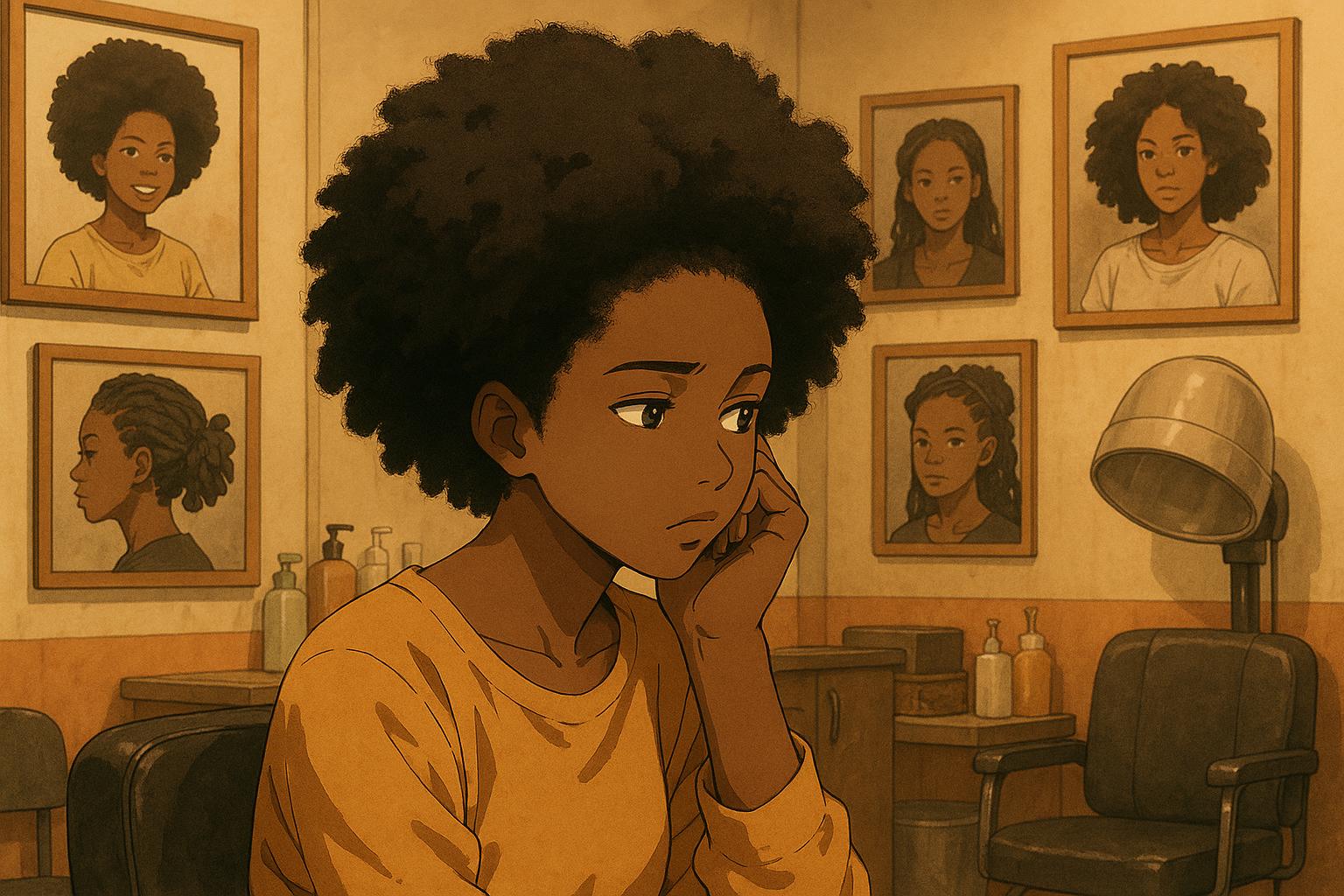In an era where visual representation dictates societal norms, the current exhibitions at Autograph delve into the complex interplay of identity, beauty, and belonging. The works of two photographers, Eileen Perrier and Dianne Minnicucci, both of whom hail from the same generation, explore these themes through a diverse array of portraiture that challenges conventional perceptions of beauty.
Eileen Perrier's exhibition, A Thousand Small Stories, occupies the ground floor and presents a comprehensive survey of her work spanning over three decades. Perrier is renowned for her innovative approach to photography, often establishing temporary studios in a variety of settings, from homes and hair salons in Brixton and Peckham to a metro station in Paris. This unique technique has enabled her to imbue her portraits with genuine intimacy and connection. Previously showcased at the Whitechapel Gallery, her earlier exhibition featured large-format Polaroid portraits taken during pop-up studios at local markets and housing estates. By weaving photography into the fabric of diverse communities, Perrier has endeavoured to confront and deconstruct the politics surrounding beauty and identity, making this exhibition a significant milestone in her career.
One of the critical elements of Perrier's work is her refusal to conform to traditional ideals of attractiveness. Instead, she seeks beauty in the everyday, capturing the essence of her subjects—ordinary individuals, commuters, and passersby—in candid moments. In her series Red, Gold and Green, for instance, photographs depict members of British Ghanaian communities radiating confidence amid their familiar environments. The portraits, informed by the aesthetics of school photography, reveal an engaging dialogue between the formal and the informal, while an accompanying installation showcases her exploration of beauty standards through products marketed for black skin and hair.
This critical gaze on beauty extends to her early work, notably the Afro Hair and Beauty Show series, which documented the vibrant culture of an annual event that celebrated black hairstyles and self-expression. As she collected and photographed products from London shops, she turned them into art pieces that critiqued the more insidious, often harmful aspects of the beauty industry—highlighting items that promised skin lightening and other unrealistic ideals. This interplay of representation and critique reinforces Perrier's position as a significant voice against the backdrop of mainstream beauty norms, especially in an age increasingly dominated by digital retouching and image curation.
In contrast, Dianne Minnicucci’s exhibition, Belonging and Beyond, is a personal exploration of vulnerability and self-image. Funded by a residency at Autograph, Minnicucci’s work reflects her grappling with her own discomfort in front of the camera. Though she has long portrayed her family and intimate domestic scenes, her self-portraits reveal a newfound courage and exploration of identity. By involving her students in the process, she embraces collaboration as a means of confronting this vulnerability.
Her series of poignant black and white photographs—taken in Lesnes Abbey Woods—captures moments of tentative self-discovery. Each self-portrait reveals her grappling with body language and gaze, evoking a sense of raw introspection. Accompanied by an evocative film that illuminates her reflections on representation, she acknowledges the gaps in her exposure to empowering images of black women: “Because I haven’t been exposed to those images, maybe that’s why?” These thoughtful contemplations echo the sentiments of many women of colour, underscoring the importance of visibility and representation in art.
Together, these exhibitions at Autograph present a rich dialogue about identity, belonging, and the intricate nuances of beauty as defined through personal and communal narratives. While Perrier's work challenges the status quo of beauty standards through her innovative and inclusive approach, Minnicucci’s introspective journey seeks to reclaim space and redefine what it means to be seen. In navigating these multifaceted experiences, both artists contribute significantly to the ongoing conversation about representation in contemporary art, reflecting on what it means to exist in a society that often prioritises appearance over authenticity.
Reference Map:
- Paragraph 1 – [1], [4]
- Paragraph 2 – [1], [2], [5]
- Paragraph 3 – [3], [6]
- Paragraph 4 – [2], [7]
- Paragraph 5 – [1], [5]
Source: Noah Wire Services
